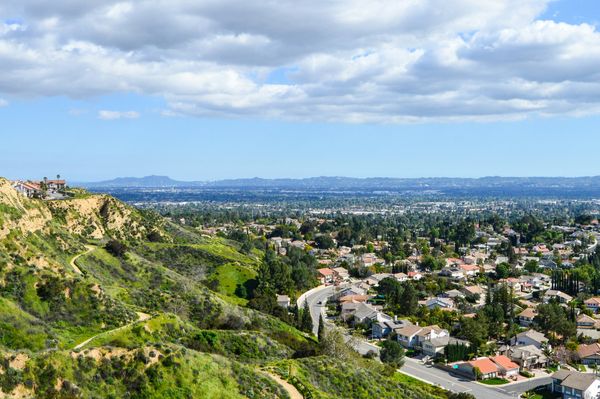Bengaluru: When two children shouted out, “desert, desert”, while travelling in a train between north and south Kerala recently, their mother looked out in surprise because she had never heard of Kerala having a desert.
What she and the children saw was the vast expanse of the sand bed along Kerala’s second largest river, Bharathapuzha, which has been reduced to just a narrow stream now.
The incident was recounted by co-traveller M. Suchitra, a journalist who focuses on ecology, at a seminar held on 29 April in Thiruvananthapuram to discuss, among many things, how drought-hit Kerala is struggling to get water, even for drinking. The seminar was titled Development, Welfare, and Well-being from below: Challenges to reporting from/of the local.
The question on everyone’s mind was how did a state with 44 rivers, supported by backwaters and lakes, reach such a pass.
A new Indian Institute of Science (IISc), Bengaluru, study named ‘Four decades of forest loss: Drought in Kerala’ using remote sensing data pins the blame on eroding forest cover. Between 1973 and 2016, Kerala lost 906,440 hectares (9064.4 sq.km) of forest land, as per the study.
Consequently, the forest cover as a percentage of total land area has been reduced from 66.2% to 42.15%.
In other words, Kerala has diverted more than 50% of its total forest area for other purposes since 1973 (from when the remote sensing data is available).
To be fair, a 42.15% forest cover is pretty decent; the country as a whole is struggling to achieve 33% of total forest cover.
But the drastic reduction in forest cover points towards the massive land use changes in the state, said Ramkrishnan Ramabhadran, who along with senior scientist T.V. Ramachandra, authored the IISc study.
Ramabhadran, a professor at the department of civil engineering at Coimbatore-based Amrita University, says the forest diversion should also be seen in the background of high levels of concretization the state is witnessing.
“Kerala’s rainfall depends on the Western Ghats. Loss of forest cover on the Ghats, along with massive urbanization (from 9,510 hectares to 413,600 hectares) may have led to several undesirable conditions, affecting the rainfall pattern,” he said.
“No forest cover to arrest the intensity of runoff water can result in flash floods. The runoff facilitating erosion of topsoil, silting happens in dam reservoirs which could count towards an average reduction of 22% in the state’s dam storage levels compared to that in September 2015,” said Ramabhadran.
“All of these could indeed point us in the right direction as to why the state is witnessing one of its worst drought periods till date,” he added.
The state is staring at what is said to be worst drought in a century, pushing the government to declare all of Kerala as drought-hit in October.
From rivers going dry to government scrambling to ensure drinking water to the citizens to shops offering discount for takeaways, it has caused a panic across the state.
“The drought only accentuates the problem, the real problem should be seen in the context of a character shift in Kerala politics,” said K.P. Kannan, former director of Center for Development Studies, a Thiruvananthapuram-based policy think tank, at the seminar mentioned earlier.
The state always had an active number of citizens and politicians working together to protect the environment, but in the last couple of decades, the latter have been diluting their stances to benefit vested interests, he said.








